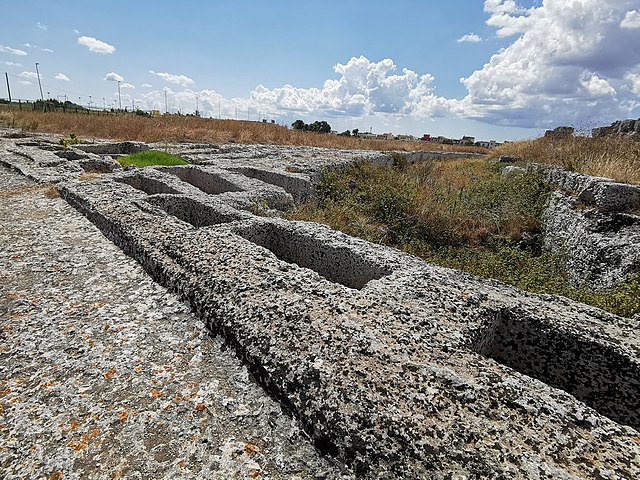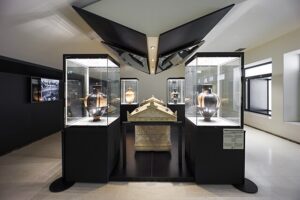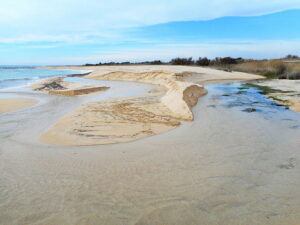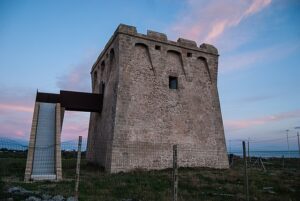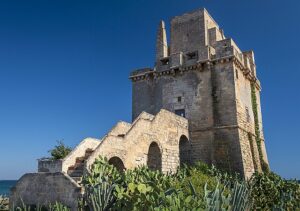The Archaeological Park of the Messapian Walls in Manduria is a place of extraordinary historical and cultural value, telling the story of one of the most important cities of Magna Graecia. Founded by the Messapians, an Indo-European people who settled in the Salento area, Manduria was one of the most prosperous cities in the region, as evidenced by the remains of its imposing defensive walls and the necropolises surrounding the area.
The walls, built between the 5th and 3rd centuries B.C., are one of the most fascinating examples of megalithic fortifications in Southern Italy. The city was surrounded by a triple ring of walls, stretching for several kilometers, providing robust defense against enemy incursions. Today, the remains of these walls are still visible, allowing visitors to immerse themselves in the atmosphere of what was once a fortified citadel. Well-preserved sections of city gates, such as the Porta di San Giuseppe, one of the most picturesque, can also be seen, which once provided access to the ancient city.
The Messapian necropolis surrounding Manduria is another element of great interest. With over 1,200 tombs discovered during excavations, the necropolis offers a unique snapshot of the life and beliefs of this people. The pit tombs, often large and covered with stone slabs, tell the stories of a civilization that unfortunately did not survive through the ages. The recovered artifacts are now displayed at the Archaeological Museum “Manduria, Terra di Messapi,” which offers an interesting overview of the city’s history and its burial traditions.
Despite the strength of its defenses, Manduria could not avoid incursions from powerful enemies. It was besieged by Taranto in 338 B.C., with the help of the Spartan king Archidamus, who lost his life during the conflict beneath the walls. Another memorable episode in its history was its conquest by Hannibal in 212 B.C., during the Second Punic War. The city resisted fiercely under siege but eventually fell to the great Carthaginian general. However, the city was never completely broken, and in 209 B.C., after a series of events, it was recaptured by the Romans under the command of the consul Quintus Fabius Maximus, who took a rich spoils of war and 3,000 prisoners.
Today, the Archaeological Park of the Messapian Walls in Manduria is an important site of historical and tourist interest. For those who love history, archaeology, and culture, a visit to Manduria is a journey to the heart of Magna Graecia, discovering a past that has left an indelible mark on the history of our country. It is not only an opportunity to admire the remains of an ancient civilization but also to reflect on the evolution of the cities and cultures that have followed one another through time in this fascinating land of Southern Italy.

